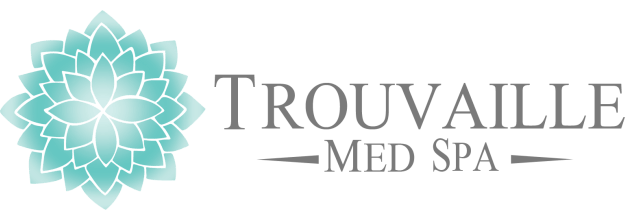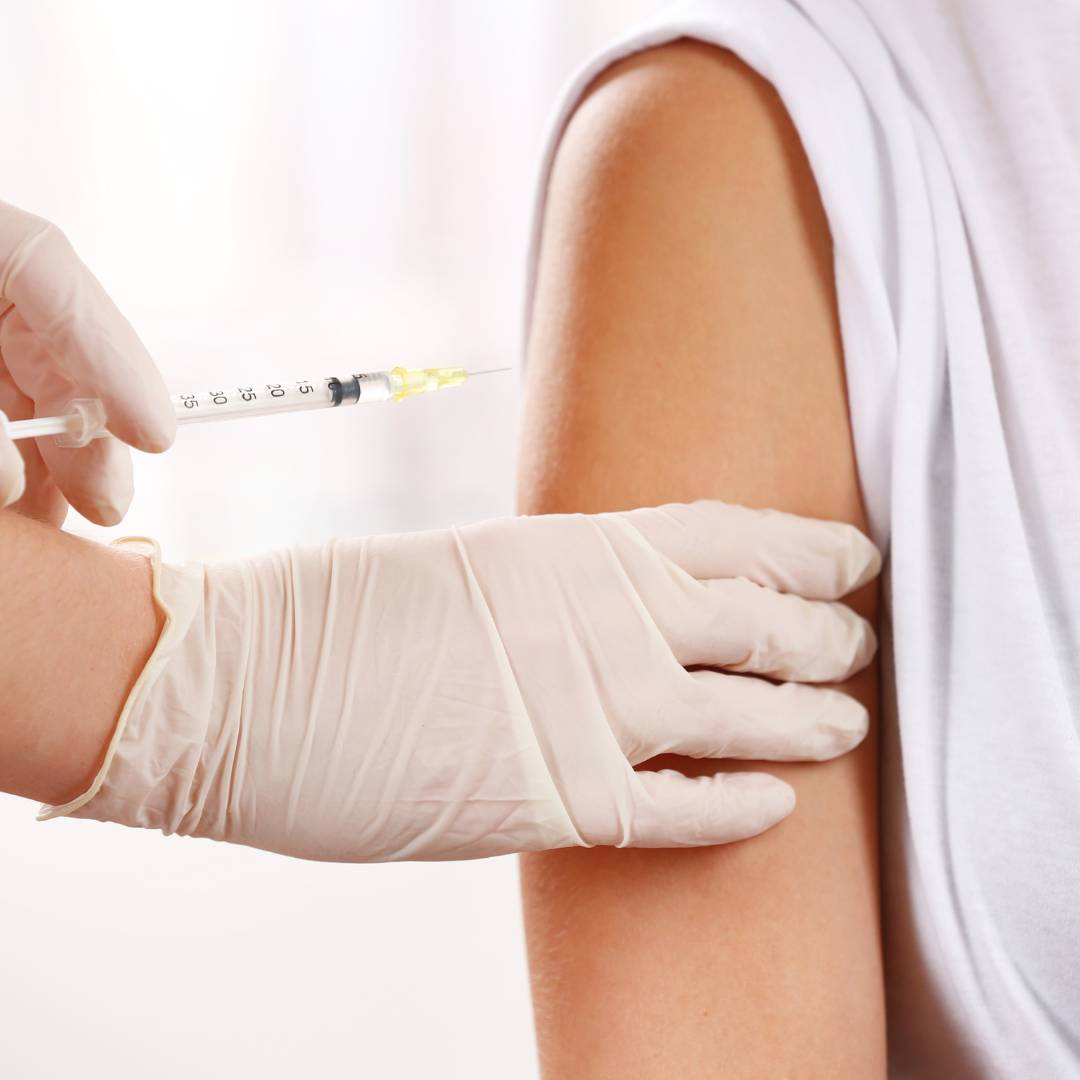Laser hair removal technology has revolutionized the way individuals approach long-term hair reduction, offering a convenient and efficient solution to the age-old challenge of unwanted hair. This method utilizes concentrated beams of light to target hair follicles, inhibiting their growth over time. As the popularity of laser hair removal continues to soar, it becomes imperative for individuals to comprehend the do’s and don’ts associated with this innovative technology. Safeguarding both safety and effectiveness, understanding these guidelines is crucial for achieving optimal results while minimizing potential risks.
Seeking a consultation with a dermatologist or certified laser technician is a pivotal step in the journey towards laser hair removal, underscoring the importance of a professional assessment in this cosmetic procedure. These trained professionals play a crucial role in understanding an individual’s unique medical history and skin type. Through comprehensive discussions, they can identify any underlying conditions, potential contraindications, or sensitivities that may impact the safety and efficacy of the laser treatment. This personalized approach ensures that the laser settings are tailored to meet the specific needs of the client, optimizing the outcome while minimizing potential risks. Additionally, the expertise of a dermatologist or certified laser technician provides valuable insights into the individual’s skin health, enabling them to recommend the most suitable laser technology and treatment plan for a safe and successful hair removal experience.
Adhering to pre-treatment instructions is crucial to the success and safety of laser hair removal. One crucial guideline is to avoid sun exposure in the weeks leading up to the procedure, as tanned or sunburned skin can heighten the risk of adverse reactions, including burns or pigment changes. Additionally, shaving the targeted area prior to treatment is recommended to ensure the laser energy is effectively absorbed by the hair follicles rather than wasted on surface hair. This practice enhances the precision of the procedure and minimizes discomfort during the session. Equally important is refraining from other hair removal methods, such as waxing or plucking, which can disturb the hair follicles’ natural growth cycle and compromise the effectiveness of the laser treatment.
Before undergoing a full-scale laser hair removal session, it is essential to prioritize a test patch to assess skin reaction. This precautionary step is imperative in gauging how an individual’s skin will respond to the laser’s energy. A small area is selected for the test patch, and the laser is applied to observe any adverse reactions, such as redness or irritation.
To optimize the effectiveness and safety of laser hair removal, certain precautions must be observed both before and after treatment.
Exposure to UV rays from natural sunlight or artificial tanning sources can make the skin more vulnerable to damage. This increased sensitivity may lead to adverse effects such as burns, blisters, or changes in pigmentation. To mitigate these risks, it is strongly advised to avoid sunbathing and tanning beds in the weeks leading up to laser hair removal sessions and after hair removal sessions.
Refrain from waxing or plucking hairs before undergoing laser hair removal, as these methods directly interfere with the treatment process. Laser hair removal targets hair follicles by directing concentrated light energy to inhibit future growth. When hairs are waxed or plucked, the follicle is temporarily removed, disrupting the natural growth cycle. The laser requires hair in the follicle to be effective, as it seeks to target the pigment in the hair to disable the follicle. Consequently, waxing or plucking prior to laser hair removal diminishes the target for the laser and compromises the procedure’s efficacy. To ensure optimal results, individuals are advised to opt for shaving instead, as it preserves the hair shaft while still meeting the pre-treatment guidelines and allowing the laser to effectively target the follicles during the session.
Exercise caution with skincare products before and after laser hair removal, steering clear of formulations that contain irritating ingredients. Certain skincare products, particularly those containing harsh chemicals or exfoliants, can increase skin sensitivity and heighten the risk of adverse reactions following laser treatment. Ingredients such as retinoids, alpha hydroxy acids (AHAs), and beta hydroxy acids (BHAs) may cause excessive irritation and compromise the skin’s ability to heal after the procedure. To safeguard against potential complications, individuals are advised to avoid these products in the days leading up to and following laser hair removal sessions.
Aftercare and maintenance are crucial aspects of ensuring the success and longevity of laser hair removal. Proper aftercare not only facilitates the healing process but also helps minimize potential side effects, such as redness or swelling.
After undergoing laser hair removal, it’s crucial to prioritize post-treatment care by soothing the skin with recommended creams or gels. These specialized skincare products often include ingredients known for their healing and anti-inflammatory properties, such as aloe vera, chamomile, and calendula extracts. These botanical elements work synergistically to alleviate discomfort, redness, and irritation that may arise after the procedure. Aloe vera, renowned for its cooling and soothing effects, helps calm the skin, while chamomile and calendula extracts contribute to reducing inflammation and promoting the healing process. Incorporating these carefully formulated products into the aftercare routine not only enhances the overall comfort of the laser hair removal experience but also supports the skin’s recovery for optimal results.
Follow up sessions are strategically planned to address any potential hair regrowth and optimize the long-term effectiveness of the procedure. By staying consistent with follow-up appointments, individuals can ensure that the targeted hair follicles are thoroughly treated, promoting sustained hair reduction. This commitment to the recommended treatment schedule not only enhances the overall outcome but also allows practitioners to tailor the approach based on the individual’s response, contributing to a more personalized and satisfactory laser hair removal experience.
Common misconceptions surrounding laser hair removal often contribute to confusion and misinformation. One prevalent myth is the belief that laser hair removal provides instant, permanent results after just one session. This process requires multiple sessions to address hair follicles at various growth stages effectively. Another misconception revolves around the idea that laser hair removal is only suitable for individuals with fair skin and dark hair. Advancements in technology have broadened the applicability of laser hair removal, making it effective for a range of skin tones and hair colors. The Motus by DEKA Alexandrite laser stands out as the swiftest and most efficient among all laser types. At Trouvaille, our Motus laser is unparalleled in delivering a painless experience. Recognized as the pioneer high-speed Alexandrite laser catering to both light and dark skin types, Motus by DEKA sets a new standard in laser technology
Dispelling misconceptions about laser hair removal treatment is important for individuals to make informed decisions about laser hair removal, fostering realistic expectations and enhancing overall satisfaction with the procedure.
Recognizing when to seek medical advice post-laser hair removal is crucial for the well-being of individuals. Most side effects are temporary and manageable with proper aftercare, but persistent redness, swelling, or discomfort beyond the expected recovery period may require professional attention. If any signs of infection, such as increased redness or warmth, emerge, it’s advisable to consult a dermatologist or healthcare professional promptly. Timely communication ensures that unexpected reactions are addressed promptly, contributing to the overall safety and satisfaction of the laser hair removal experience.
The cost of laser hair removal can vary based on several factors, including the size of the treatment area, the number of sessions required, and the geographical location of the clinic. Additionally, the type of laser technology used, and the expertise of the technician can influence pricing. Consider these factors and obtain a comprehensive understanding of the total cost before embarking on the procedure. While cost is a significant consideration, it is equally important to prioritize the reputation and credentials of the clinic and technician to ensure a safe and effective laser hair removal experience.
Embarking on the journey of laser hair removal involves a series of considerations and precautions to ensure a safe, effective, and satisfactory experience. From understanding the intricacies of the procedure, following pre and post-treatment instructions diligently, to dispelling common misconceptions, each step plays a crucial role in achieving optimal results. Aftercare, maintenance, and knowing when to seek medical advice contribute to the overall success and longevity of the treatment.
The choice of the right clinic and technician, along with a thorough consideration of costs and influencing factors, enhances the likelihood of a positive outcome. As we recap these key points, it is paramount to encourage individuals to make informed decisions, considering not only the financial aspects but also prioritizing the reputation, credentials, and expertise of the professionals involved. By doing so, individuals can navigate the laser hair removal process with confidence, ensuring a smooth and satisfying journey toward hair reduction and skin rejuvenation.




